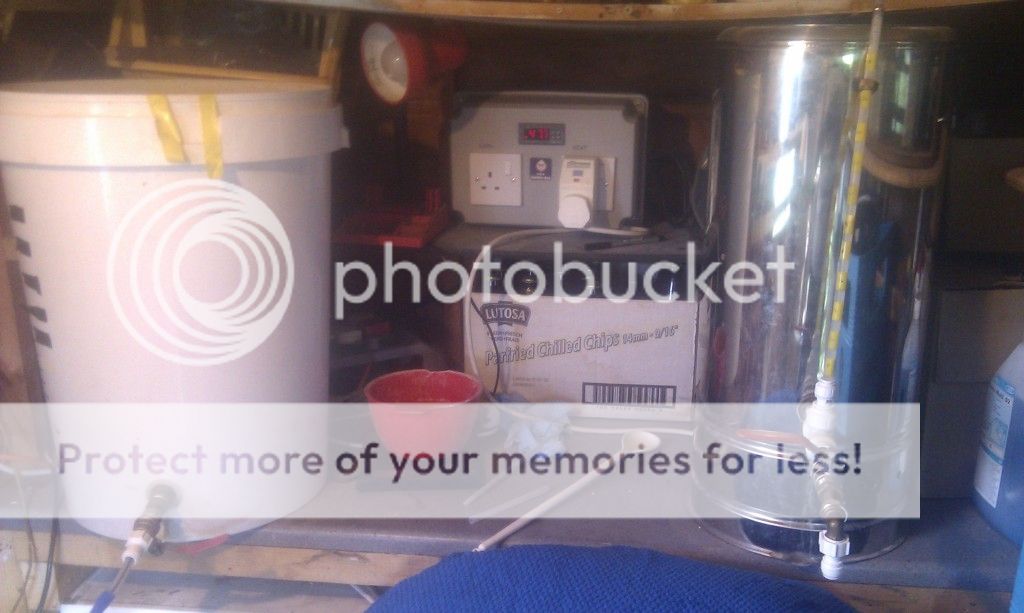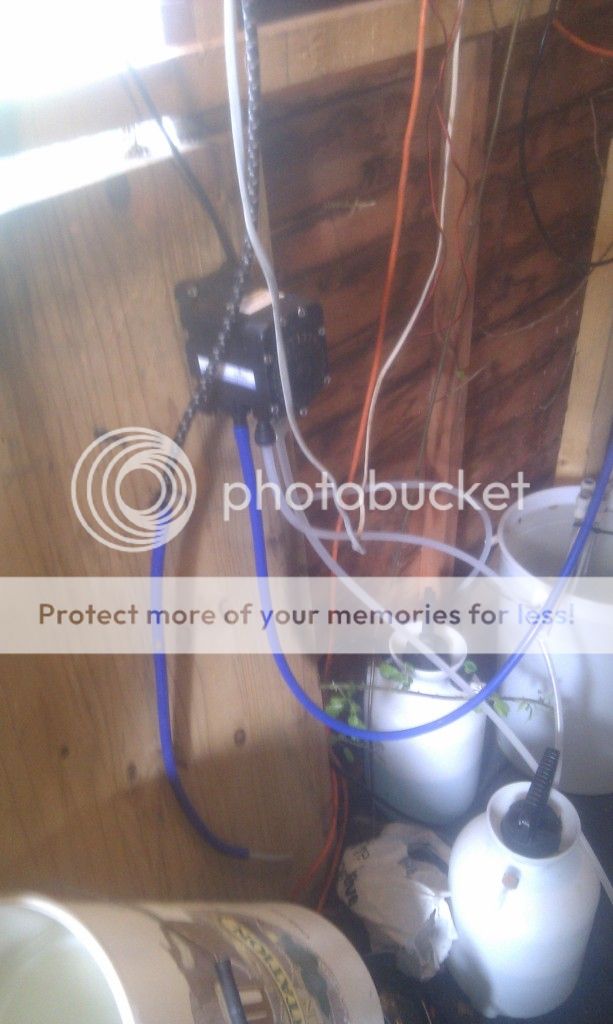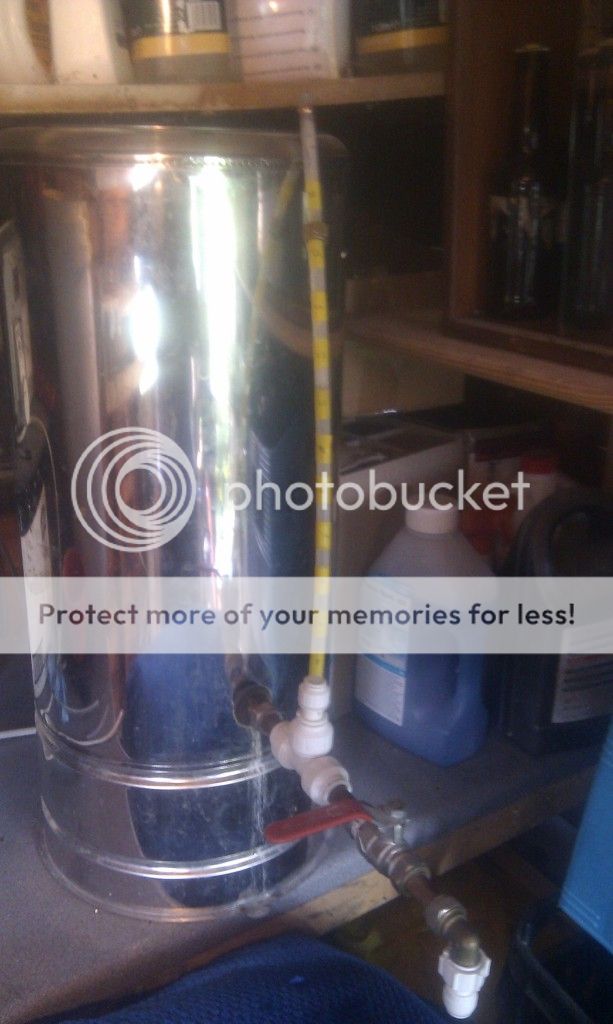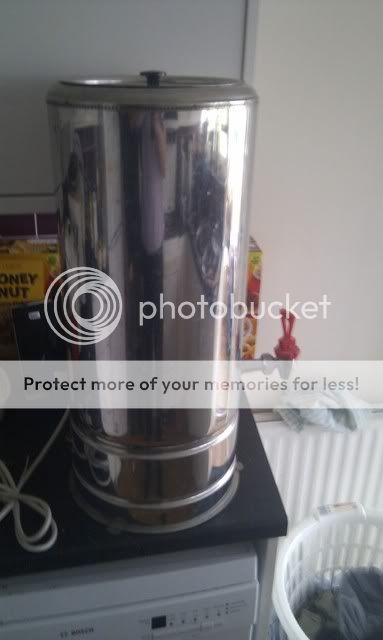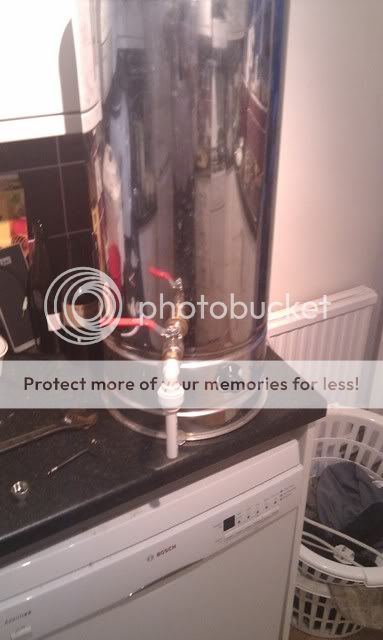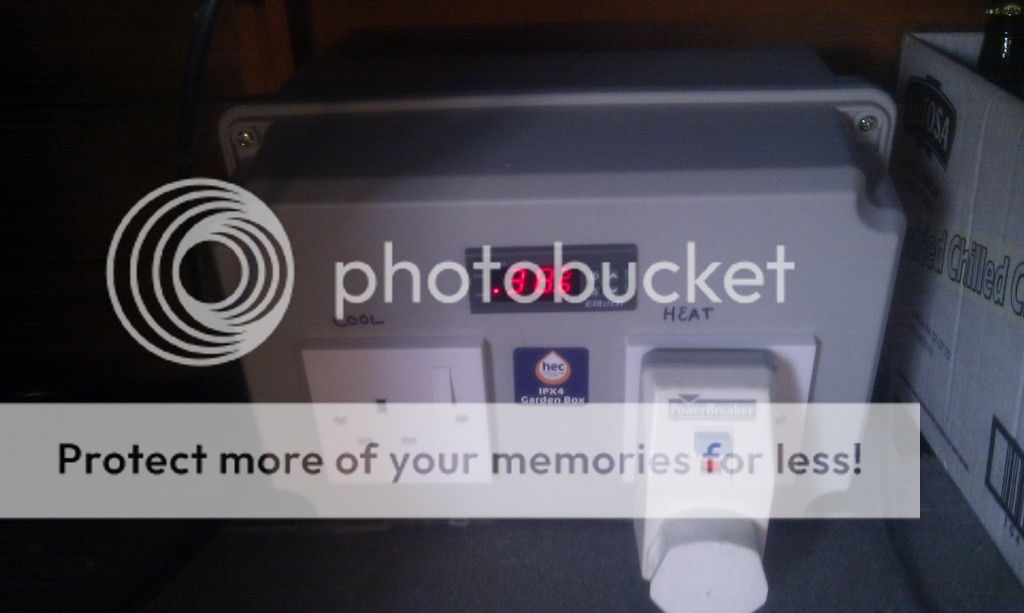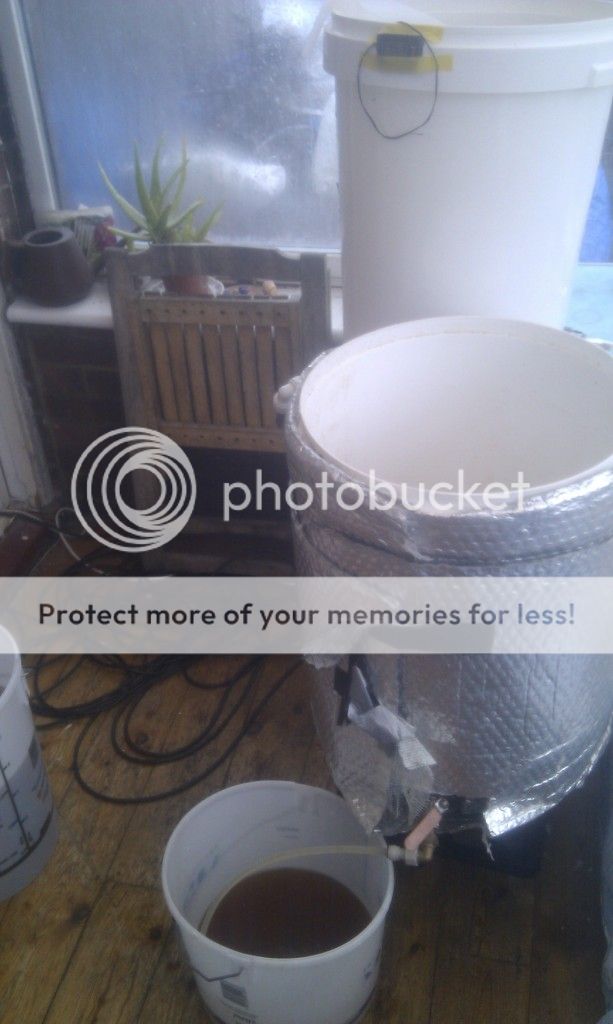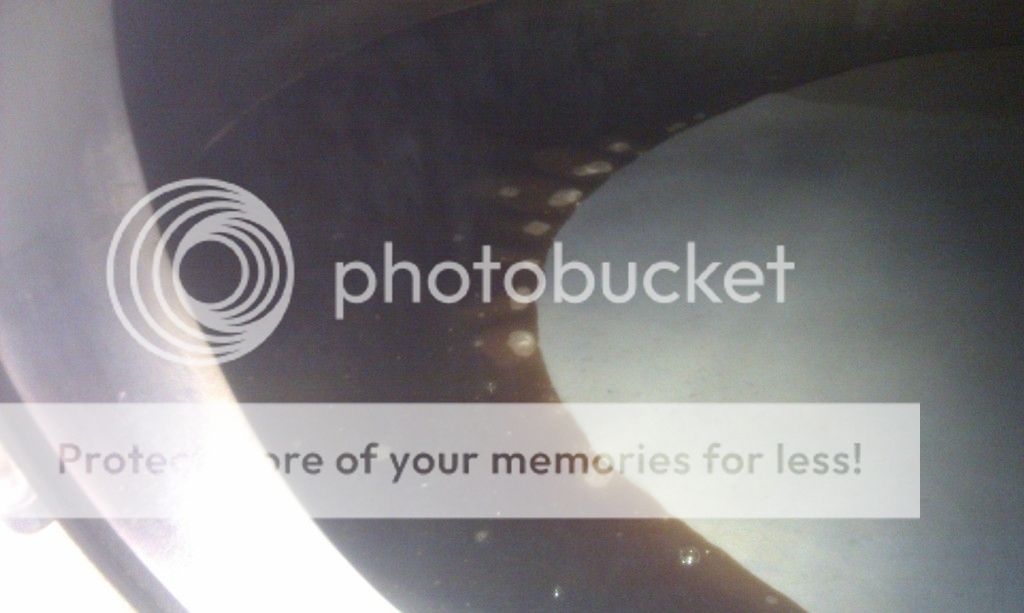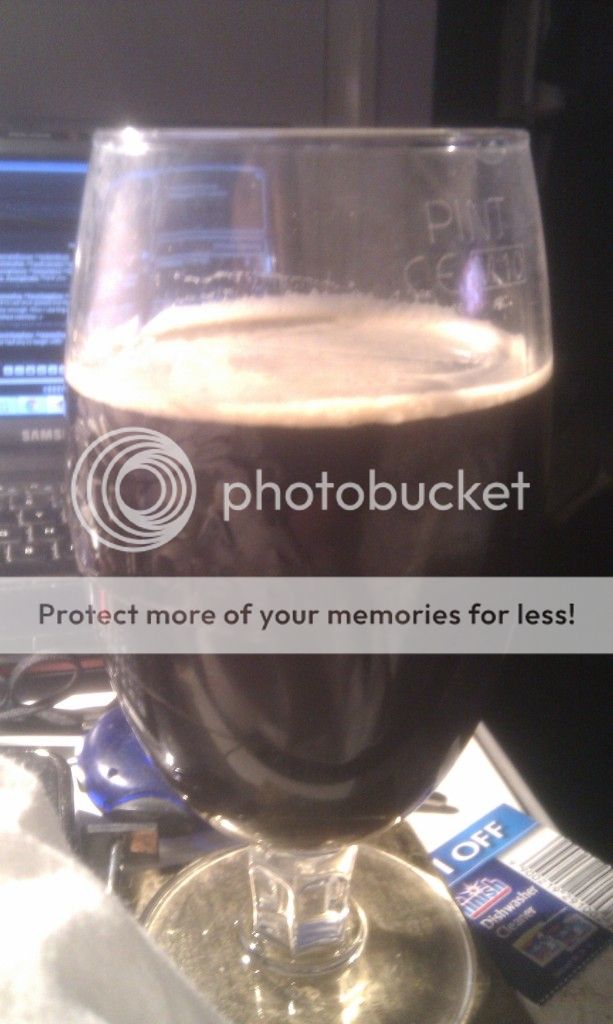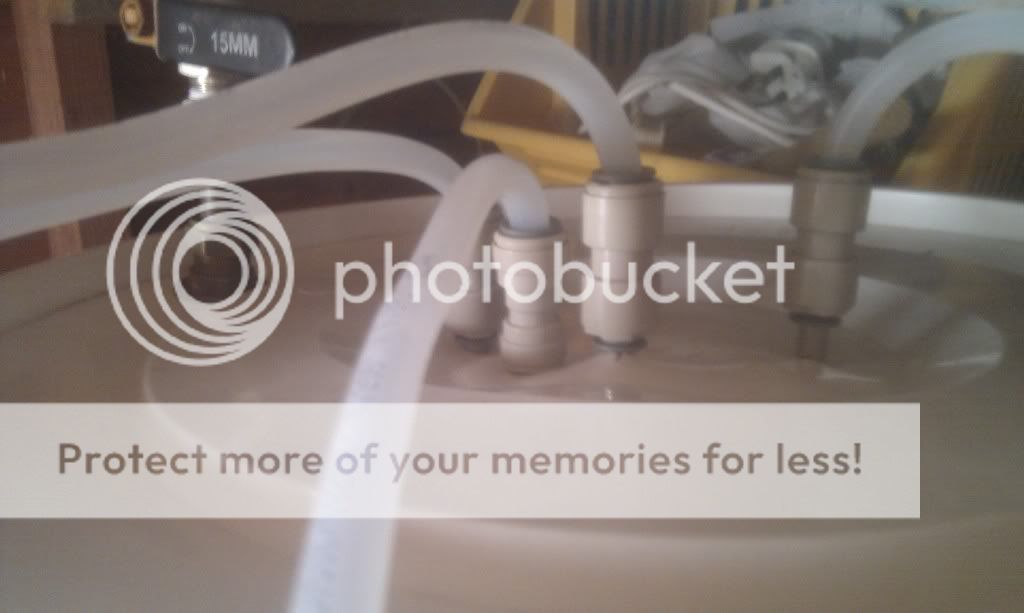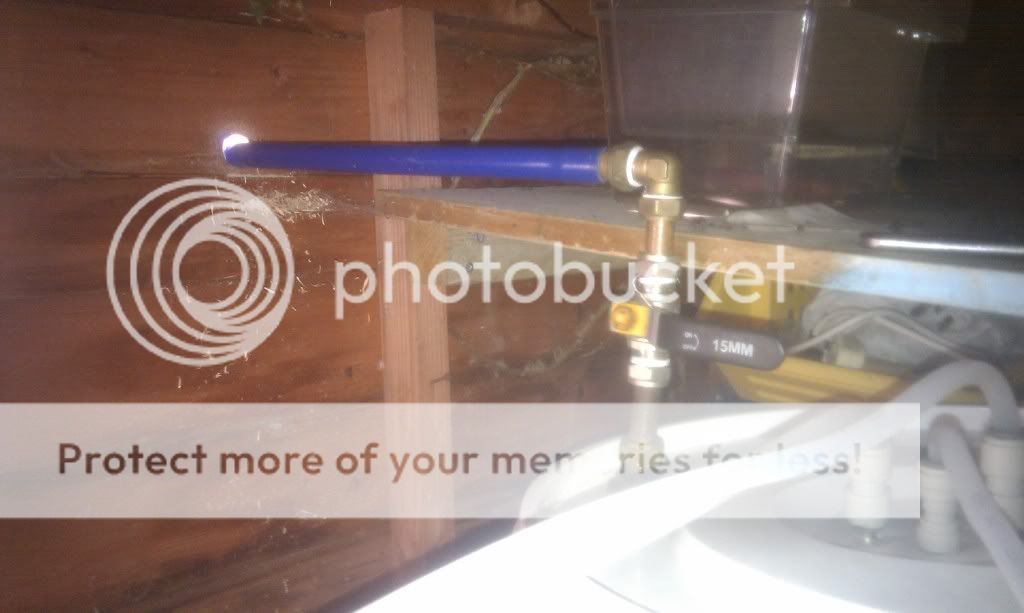So it is that time of year again. Golden pints is a concept dreamt up by Mark Dredge and Andy Mogg and it is a good time to reflect on what's been good about beer, pubs and the like throughout the year.
Best UK Draught Beer - Tap East Coffee in The Morning (well I would say that, I helped brew the first batch)
Best UK Bottled or Canned Beer - Kernel Table Beer
Best Overseas Draught Beer - Not tried enough of it to comment
Best Overseas Bottled or Canned Beer - Epic Beer Coffee and Fig Stout
Best Overall Beer - Epic Beer Coffee and Fig Stout
Best Pumpclip or Label - Beavertown - America Fuck Yeah
Best UK Brewery Kernel
Best Overseas Brewery Mikkeller
Pub/Bar of the Year Port Street Beer House
Beer Festival of the Year - Kent Green Hop Beers @ Canterbury Food Fest
Supermarket of the Year - Waitrose
Independent Retailer of the Year - Bottle Shop
Online Retailer of the Year - Beermerchants
Best Beer Book or Magazine - Let me tell you about beer
Best Beer Blog or Website - Reluctant Scooper
Best Beer Twitterer - Simon H Johnson
Best Online Brewery Presence - Brewdog
Food and Beer Pairing of the Year Hoegaarden and Chicken Madras
In 2013 I’d most like to... Get Pig and Porter off the ground
Open category – you decide the topic - Best brewpub - Can't split Tap East or The Foundry, Canterbury











